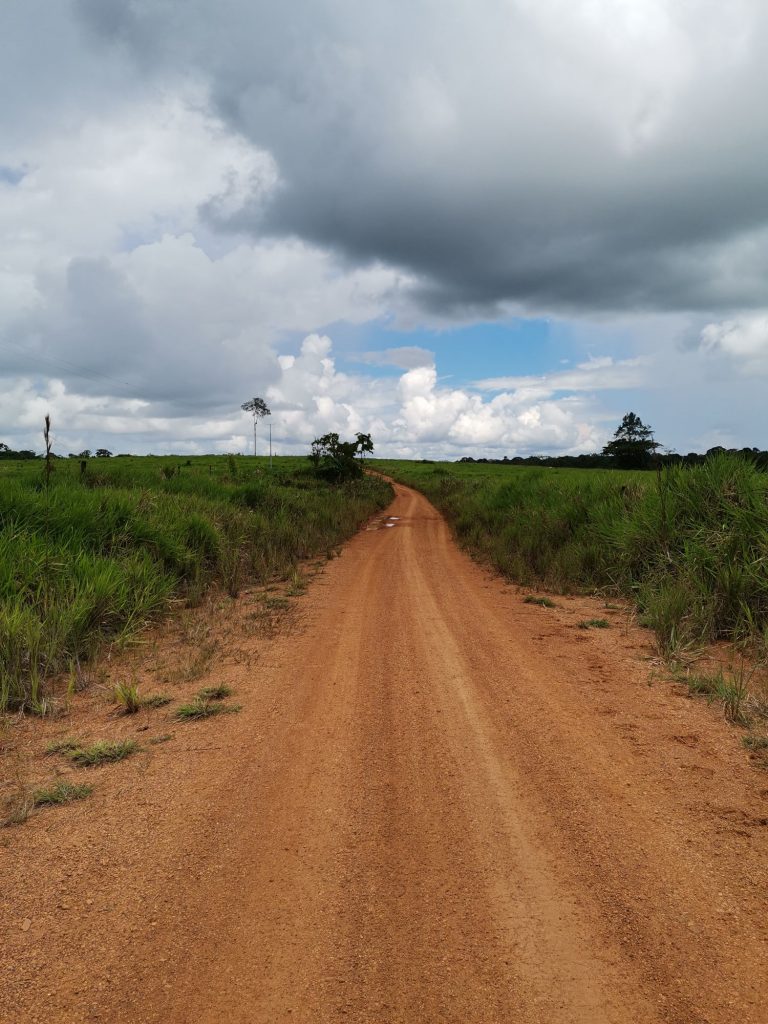There are currently favorable conditions in Colombia for private investment and development sectors concerned with large infrastructure projects in transportation, agriculture and livestock, and natural resource extraction, particularly hydrocarbons and gold. However, further conventional development in hitherto remote regions does not necessarily ensure the well-being of the local population and is generally accompanied by increased deterioration of the environment.
Despite efforts to consolidate the environmental regulation of development sectors, there are still serious shortcomings in the prevention, mitigation, and offsetting of indirect or regional impacts of development projects, particularly in those areas of environmental and cultural importance where sectoral activities are not completely prohibited. This is compounded by the weakness of the authorities responsible for environmental licensing and regulation and the attempts of economic and political lobbies to relax requirements for development projects, arguing that they are an obstacle to the country’s economic growth.
Added to this is the low technical and political capacity of the vast majority of social and community organizations to effectively monitor development projects, demand innovative social and environmental offsetting, and propose the implementation of effective good business practices.
Since 2012, the Foundation for Conservation and Sustainable Development FCDS has been producing technical information with an emphasis on geographical analysis, platforms for dialogue and training, and public policy advocacy, with the aim of providing information for informed decision-making and local participation in issues related to road infrastructure; the management of secondary and tertiary roads in the departments of Guaviare, southern Meta, Caquetá, and Putumayo; as well as the deforestation of Amazonian forests caused by road building.
The products and results outlined below have been achieved within the framework of cooperation agreements between FCDS and the U.S. Department of the Interior DOI; FCDS and GEF’s Heart of the Amazon initiative; FCDS and the Colombian Ministry of Transportation; FCDS and WWF Colombia, with funding from cooperation agencies such as APC, USAID, Moore, and the Andes Amazon Fund.
What is Green Road Infrastructure?
“Infrastructure that integrates environmental, social, and engineering considerations into the planning, design, construction, operation, and maintenance stages, to avoid, minimize, correct, and ultimately offset any direct, synergistic, and cumulative impacts on the ecosystems in its area of influence, accompanied by conflict management strategies, resulting in positive net environmental benefits” [1].
Green road infrastructure can generally be characterized as follows:
- Favors ecosystem connectivity, and the integrity and ecological function of the landscape.
- Maintains and restores the integrity of terrestrial and aquatic ecosystems.
- Prevents socio-environmental conflicts associated with the road project and contributes to their resolution.
- Strengthens the interinstitutional coordination between relevant bodies and the Territorial Environmental Management.
- Strictly follows and applies the impact mitigation hierarchy.
- Coordinates with the Territorial Environmental Management and complements the different offsetting mechanisms (with different methodological approaches) in the application of the mitigation hierarchy.
- Identifies indirect, cumulative, and synergistic impacts and establishes appropriate and effective management measures.
- Promotes aggregate offsetting measures with regional impact.
- Incorporates climate change and risk management criteria in all phases of the road project.
- Incorporates indirect, cumulative, and synergistic impacts into cost/benefit analyses.
An Inter-ministry Agenda, signed by the Ministry of Environment and Sustainable Development and the Ministry of Transportation, has been in force since 2013, with the aim of adopting environmental criteria for the development of green infrastructure in Colombia.
WWF and FCDS are jointly developing guidelines in support of this agenda that will contribute to the planning, design, construction, operation, and maintenance of infrastructure in Colombia, employing concepts from the fields of land-use planning, biodiversity, ecosystem services, and climate change and climate governance among others.
This project has two phases and is currently in its first phase. In the first phase, a state of knowledge review will be completed and conceptual and contextual information compiled. In the second, the two organizations will jointly draw up a set of detailed guidelines.
Click here for the schedule of the green infrastructure workshops.


